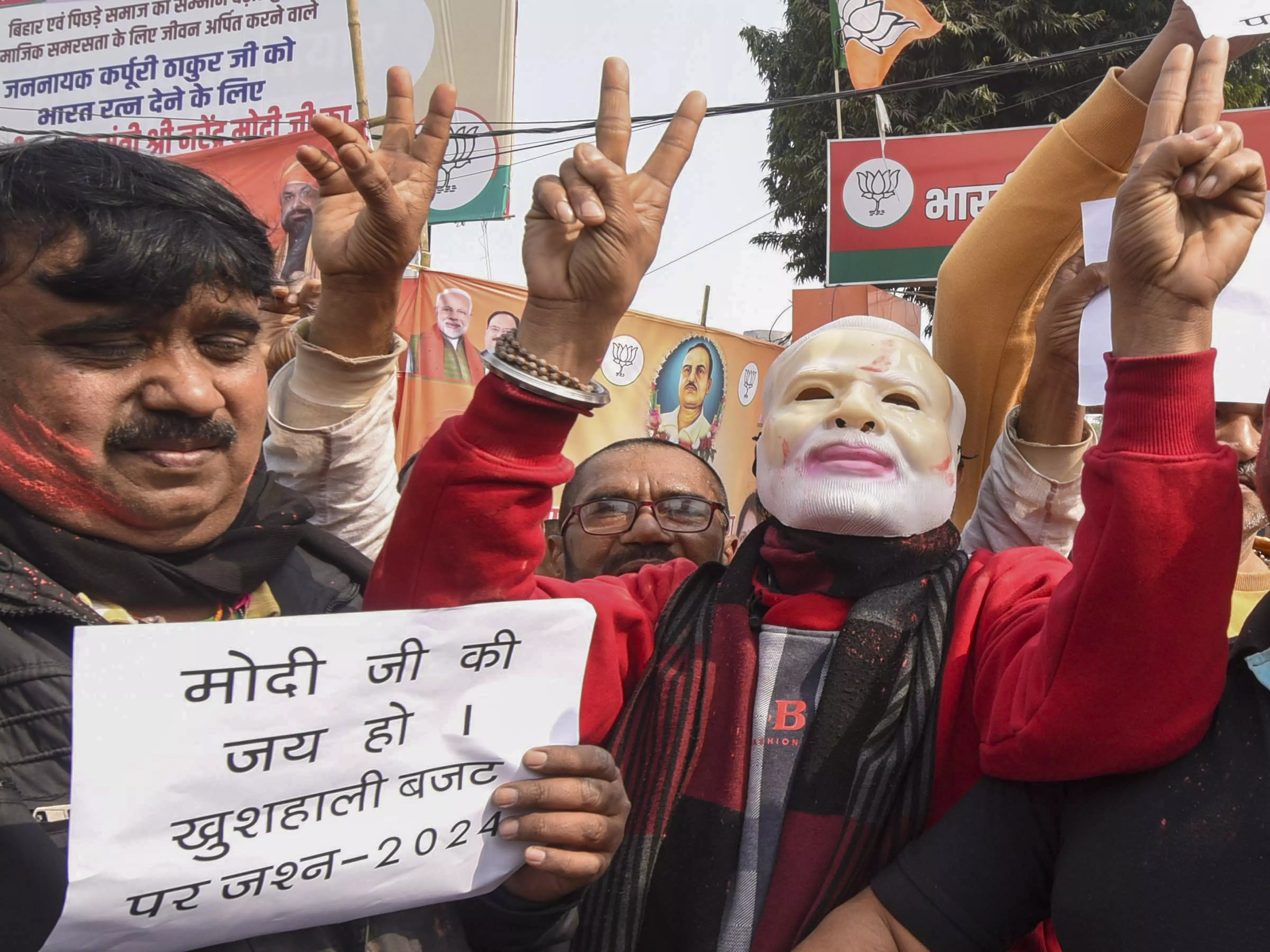
- Home
- India
- World
- Premium
- THE FEDERAL SPECIAL
- Analysis
- States
- Perspective
- Videos
- Sports
- Education
- Entertainment
- Elections
- Features
- Health
- Business
- Series
- In memoriam: Sheikh Mujibur Rahman
- Bishnoi's Men
- NEET TANGLE
- Economy Series
- Earth Day
- Kashmir’s Frozen Turbulence
- India@75
- The legend of Ramjanmabhoomi
- Liberalisation@30
- How to tame a dragon
- Celebrating biodiversity
- Farm Matters
- 50 days of solitude
- Bringing Migrants Home
- Budget 2020
- Jharkhand Votes
- The Federal Investigates
- The Federal Impact
- Vanishing Sand
- Gandhi @ 150
- Andhra Today
- Field report
- Operation Gulmarg
- Pandemic @1 Mn in India
- The Federal Year-End
- The Zero Year
- Science
- Brand studio
- Newsletter
- Elections 2024
- Events
- Home
- IndiaIndia
- World
- Analysis
- StatesStates
- PerspectivePerspective
- VideosVideos
- Sports
- Education
- Entertainment
- ElectionsElections
- Features
- Health
- BusinessBusiness
- Premium
- Loading...
Premium - Events

The Interim Budget shows this government lays more emphasis on showering schemes on people. The greater the number of schemes, the greater the efficacy of governance by the one leader
The Interim Budget has one clear message: this is a government of schemes, by the Prime Minister, for impressionable voters.
Finance Minister Nirmala Sitharaman faithfully reeled off a long list of the government’s self-assessed achievements over a decade of the Modi government, and a breathtaking number of schemes named after the Prime Minister, aimed at every conceivable segment of the population and every conceivable segment of the economy. Even the minorities find mention: an umbrella scheme for minorities is listed among the core of core schemes, in the table captioned Outlays on Major Schemes in Budget at a Glance, albeit with a tiny allocation of ₹913 crore.
The message is simple and straightforward: the PM cares, the PM will look after his subjects, and good riddance to constitutional niceties of central subjects, state subjects, concurrent subjects, and differential responsibility of different levels of the government to discharge governance and development functions. One nation, one leader, one agent of growth and welfare.
States get short shrift
It is, therefore, little wonder that the states get short shrift when it comes to the devolution of taxes from the Centre.
The Finance Commission says that the states should collectively get 41 percent of the taxes collected by the Centre. Now, many people understand it as generosity on the Centre’s part. That is not the case. Some taxes are collected more efficiently by the Centre, rather than by the states. Take corporate income tax. The largest companies pay the most tax, and they have sales across the country: the entire population of the country contributes to their profits. But they tend to be headquartered in one of the big cities. Their best-paid staff would also be concentrated in these cities. If income tax were to be collected by the states, the states with the metros would unfairly get the lion’s share, depriving other states of their legitimate share.
Similarly, in the case of customs duties. Import duty might be paid on an import by a company located in Indore, but the duty would be cornered by Gujarat or Maharashtra, with their ports, leaving Madhya Pradesh without access to that duty, if the coastal states were to corner the import duty collected in their precincts. This is why the Constitution asks the Centre to collect certain taxes and divide the proceeds with the states. How much is to be determined by the Finance Commission?
The proportion of the taxes collected by the Centre and retained should be 59 percent if it faithfully passes on 41 percent to the states. However, the proportion retained by the Centre is 68 percent in the Interim Budget and 67.6 percent in the revised estimates for 2023-24.
Rural distress
The good thing about the Budget is that it keeps up the level of capital expenditure by the government. This is essential, if the Indian economy is to retain some growth momentum.
The government is acutely aware of persistent rural distress and has kept the 2024-25 outlay for the Mahatma Gandhi National Rural Employment Scheme at the same elevated level of ₹86,000 crore achieved in 2023-24, as much as 43 percent higher than the original outlay for the year. While the rhetoric continues about India being the fastest growing economy in the world, the government knows better than to ignore rural distress in an election year: witness free food for 80 crore people and high outlays for distress-alleviating MGNREGA.
Allocation for R&D
A curious feature of the Budget is a generous allocation of funds for research and innovation, to be tapped by private enterprises. It is curious because serious research calls for educated minds imbued with curiosity and trained to question authority and think outside the box. This calls for education drastically different from the one paradigmatically represented by cramming at Kota. Funds are needed to promote research of both the basic and applied kinds at universities, alien to the university culture entrenched by the British.
R&D funds must first be lavished on universities — on physical infrastructure, research scholars and research grants. Funding of corporates should come lower down on the list of priorities.
Fiscal discipline
The figures for the Interim Budget have only interim sanctity, but these show the government’s policy inclination. Fiscal discipline is on the agenda. The Budget seeks to compress the fiscal deficit to 5.1 percent of GDP, from the 5.8 per cent of GDP achieved in the current fiscal, itself an improvement over the 5.9 percent announced in the 2023-24 Budget. The compression is being achieved both by superior tax collections and by cutting back on expenditure. The total government expenditure is being pared back from 15.1 percent of GDP in the current fiscal to 14.56 per cent of GDP in 2024-25.
Lower government spending lowers, naturally, one source of demand in the economy, and unless the private sector’s wearied animal spirits regain some vigour, this could dampen growth. This, however, is a government that sets more store by schemes than by policy. The greater the number of schemes, it would appear to be convinced, the greater the efficacy of governance.
Overall, the Interim Budget has met expectations – of low-level fiscal action accompanying tall claims on past achievements and future intentions.
(The Federal seeks to present views and opinions from all sides of the spectrum. The information, ideas or opinions in the articles are of the author and do not necessarily reflect the views of The Federal)


